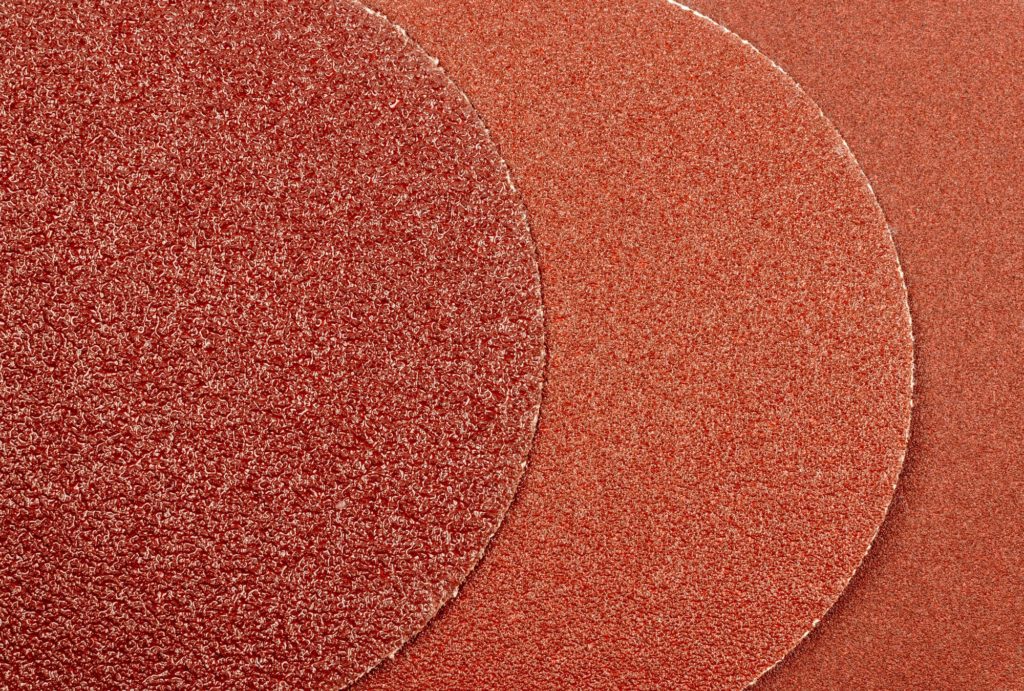When it comes to woodworking, painting, or DIY projects that require a smooth finish, choosing the right sandpaper grit is crucial. The grit of sandpaper can significantly affect the outcome of your work, determining how smooth or textured a surface will become. Understanding the different types of sandpaper grits and their applications will help your projects turn out as planned. Here’s a basic guide to help you make the right decision in the hardware store.
Understanding Sandpaper Grit
Sandpaper grit refers to the size of the abrasive particles on the sandpaper. The grit number is inversely related to the size of the abrasive grains; the higher the number, the finer the grit and the smoother the finish. Grits come in a range of standard intervals from very coarse (below 100) to ultra-fine (above 1000), with each range suited to specific tasks.

Coarse Grits (40-60)
Coarse sandpaper is your go-to for heavy-duty removal and shaping. Whether you’re stripping paint, removing varnish, or smoothing rough lumber, coarse grits like 40 to 60 will help you get the job done quickly. However, these aggressive grits can leave noticeable scratches on the surface—especially with softer woods—which means you’ll usually need to follow up with finer grits to achieve a smooth finish.
Medium Grits (80-100)
Medium grit sandpapers are the workhorses of the sanding world. Ideal for smoothing surfaces, rounding sharp edges, or preparing wood for finishing, grits between 80 and 100 strike a balance between material removal and surface smoothness. They’re perfect for intermediate sanding steps or for light stripping tasks, and they don’t typically leave behind noticeable scratches.
Fine Grits (120-220)
As you approach the final stages of your project, fine and very-fine grit sandpapers (120 to 220) become essential. These grits are excellent for final sanding before applying finish, smoothing between coats of paint or varnish, and refining the surface. Fine sandpapers can help eliminate minor imperfections and prepare the surface for ultra-fine sanding, if necessary.
Extra-Fine (320-360), and Ultra-Fine Grits (400 and above)
For projects requiring a glass-smooth finish, extra-fine (320-360) and ultra-fine grits (400 and above) are your best friends. These are typically used for scuff sanding between coats of finish or polishing metals. When meticulous detail and a flawless finish are required, reaching for these fine-grit papers will yield the best results.
Tips for Choosing the Right Grit
- Start Coarse, Finish Fine: Begin with a coarser grit to quickly remove material, then progressively work your way up to finer grits to smooth out the surface.
- Test on Scrap Material: If you’re unsure which grit to use, test on a piece of scrap material first to ensure you’re getting the desired effect without damaging your project.
- Consider the Material: Harder materials may require coarser grits to begin with, while softer materials might be damaged by too aggressive a start. Adjust your grit choice accordingly.
Choosing the right sandpaper grit is about more than just reaching for any piece of sandpaper; it’s about matching the tool to the task to achieve optimal results. By understanding the role of different grits and how they affect the surface of your projects, you can strive for a finish that’s nothing short of professional.